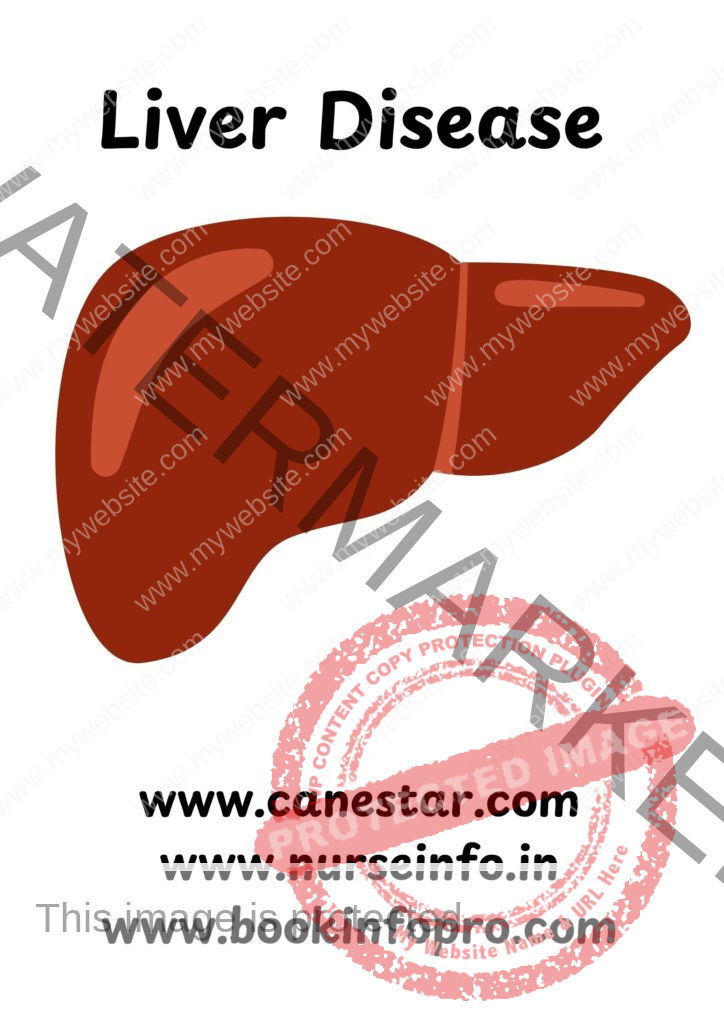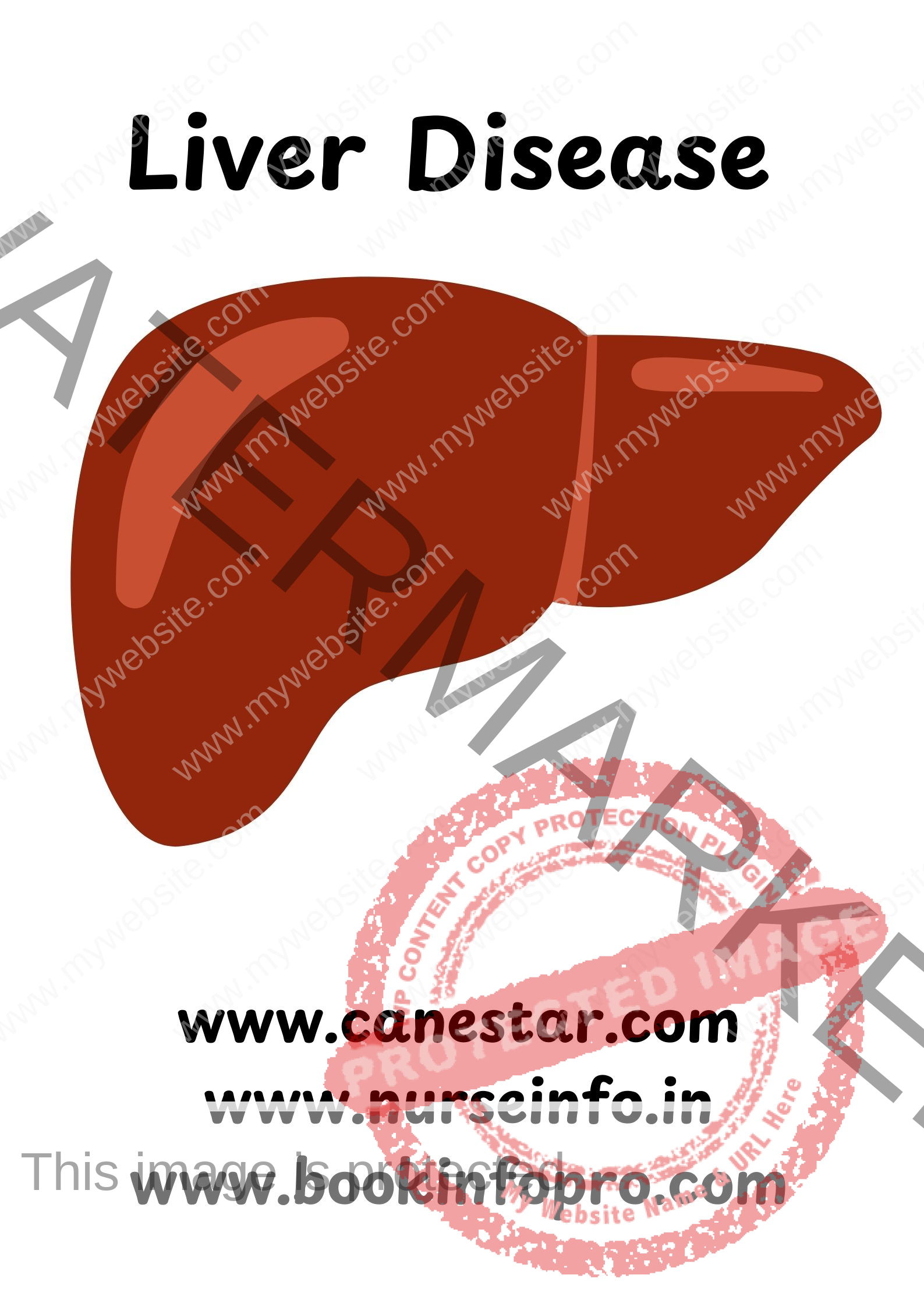Liver Disease – Definition, types, causes, signs and symptoms, diagnosis, treatment and prevention
Liver Disease – Definition, types, causes, signs and symptoms, diagnosis, treatment and prevention
Liver disease refers to any condition that impairs the liver’s function. The liver is a vital organ responsible for filtering toxins, producing bile for digestion, and processing nutrients. Liver diseases can range from mild to life-threatening, and they include a variety of conditions. Here’s an overview:
Common Types of Liver Diseases:
Hepatitis: Inflammation of the liver, typically caused by viral infections (Hepatitis A, B, C, D, E), alcohol abuse, or autoimmune diseases.
Fatty Liver Disease:
- Non-Alcoholic Fatty Liver Disease (NAFLD): Accumulation of fat in the liver in people who drink little to no alcohol.
- Alcoholic Fatty Liver Disease: Liver damage caused by excessive alcohol consumption.
Cirrhosis: Permanent scarring of the liver, often caused by chronic liver disease such as hepatitis or alcohol abuse.
Liver Cancer: A malignancy that originates in the liver, such as hepatocellular carcinoma.
Liver Failure: Severe dysfunction of the liver, either acute or chronic, leading to a complete inability to perform vital functions.
Hemochromatosis: A hereditary disorder that leads to excessive iron buildup in the liver and other organs.
Wilson’s Disease: A rare genetic disorder causing copper accumulation in the liver.
Primary Biliary Cholangitis (PBC): An autoimmune condition that causes progressive destruction of the bile ducts in the liver.
Primary Sclerosing Cholangitis (PSC): Chronic inflammation and scarring of the bile ducts, leading to liver damage.
Liver Cysts and Abscesses: Fluid-filled sacs or pus-filled cavities within the liver, caused by infection or other issues.
Symptoms of Liver Disease:
- Jaundice (yellowing of the skin and eyes)
- Abdominal pain and swelling
- Chronic fatigue
- Nausea and vomiting
- Dark urine and pale stool
- Loss of appetite
- Easy bruising or bleeding
- Itchy skin
Diagnostic Tests:
- Blood tests: Liver function tests (LFTs), bilirubin levels, and enzyme levels (AST, ALT).
- Imaging tests: Ultrasound, CT scan, and MRI.
- Liver biopsy: Removal of a small tissue sample for microscopic examination.
- FibroScan: A non-invasive test to measure liver stiffness and assess fibrosis.
Treatment:
- Hepatitis: Antiviral medications, lifestyle changes.
- Cirrhosis: Managing symptoms, avoiding alcohol, liver transplantation in severe cases.
- Fatty Liver Disease: Diet, exercise, weight loss, and control of blood sugar levels.
- Liver Cancer: Surgery, chemotherapy, radiation, and liver transplantation.
- Liver Failure: Hospitalization, management of symptoms, liver transplant.
Prevention:
- Limit alcohol intake.
- Maintain a healthy weight.
- Get vaccinated for hepatitis A and B.
- Practice safe sex to avoid hepatitis C transmission.
- Avoid sharing needles or personal items like razors and toothbrushes.


